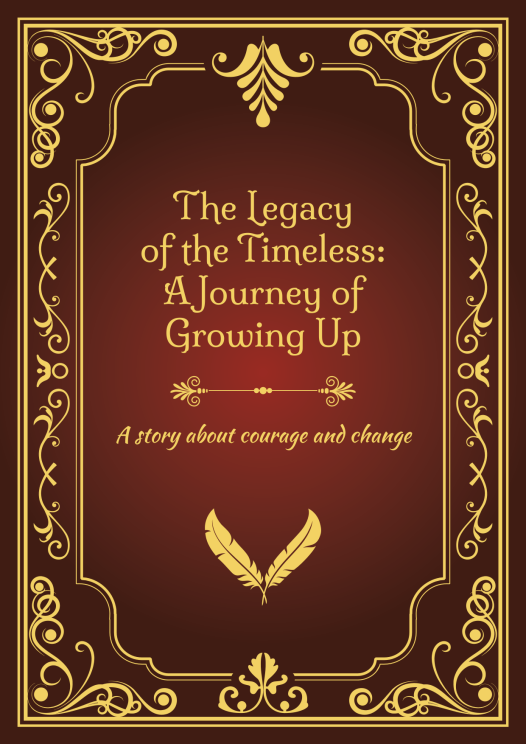At the core of our endeavors is the development, research, and application of harmonious, peaceful, and holistic life models. Our approach focuses on intergenerational concepts that pursue the common good as a primary goal. Through continuous research and the acquisition of new insights, we aim to find sustainable solutions to the challenges of our time and translate these into practical applications.
Our work is based on a deep commitment to share and disseminate knowledge through educational and informational activities. The methods and insights developed through our research are systematically prepared to make them accessible to a wide audience. This enables others to benefit from our knowledge and apply it in their own life and work contexts.
Our research projects cover a broad spectrum of topics, all aimed at developing practical solutions for the most pressing questions of our society. From ecological sustainability to social justice and economic resilience – we are committed to making a positive contribution through our research.
The results of our research work are regularly presented in events, workshops, and seminars. These serve as a platform for exchanging and furthering the education of interested parties and like-minded individuals. Through these interactive formats, we promote dialogue and cooperation to explore innovative paths for a better future together.
Believing that knowledge is most effectively conveyed through shared experiences, we place great importance on the practical implementation of our research findings. We encourage all participants of our events to actively use the acquired knowledge in their communities, thereby contributing to the spread of our vision of a harmonious and holistic life.
Our statutes obligate us to continually explore the possibilities for application and implementation of our findings through informational and educational work. It is our goal to make a sustainable positive impact on society through our research and the resultant teaching activities, thereby developing and sharing methods for a better coexistence.
Our current research project "The prostitute from object to subject - a change of perspective to human dignity" focuses on sex work and prostitution, aiming to understand the survival mechanisms and the phenomenon of trauma bonding among individuals engaged in prostitution. The scientific work concentrates on analyzing the psychological and social dynamics contributing to the maintenance of prostitution, as well as the effects of this activity on the psychological well-being of those involved.
Our planned future research project aims to redefine the boundaries of strategic foresight and fundamentally improve how we anticipate and respond to future challenges. The core idea of this initiative is the implementation and further development of the backcasting approach, which will allow us to establish a more precise connection between future visions and current decisions. This project will be undertaken as soon as we have secured the necessary financial resources.
Our approach differs from traditional future research methods by starting not from the present, but from a concretized vision of the future. We plan to design a specific future scenario – for example for the year 2050 – and then work backward to identify the necessary steps and key events that serve as milestones on the path to this future. By continually asking, "What must happen beforehand?" we offer a systematic method to align future-oriented strategies with current realities. This could lead to adjustments in the original vision to ensure consistency with the identified events and conditions.
